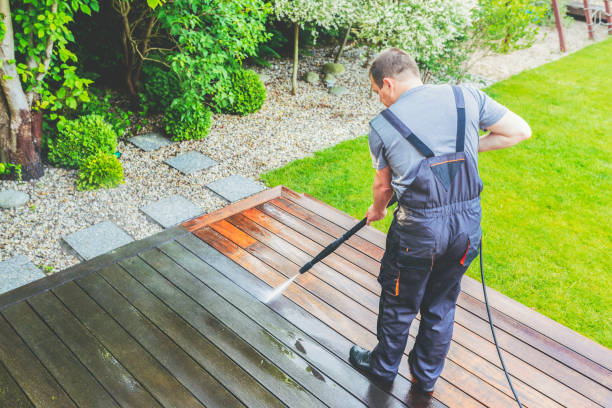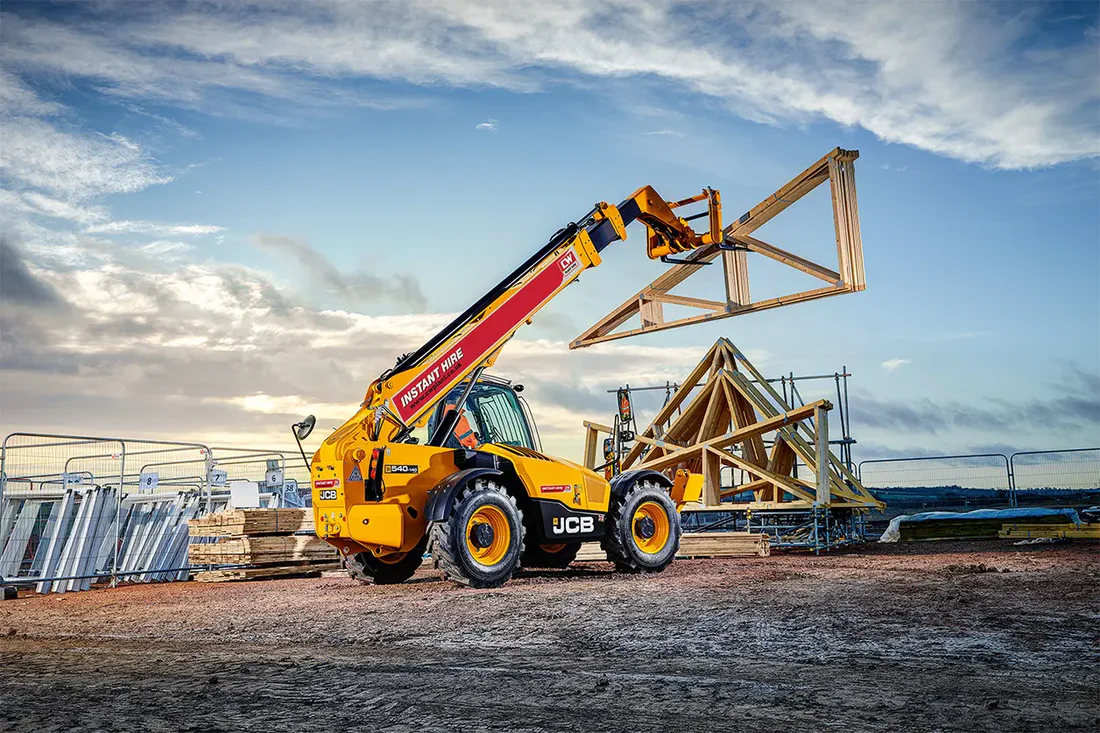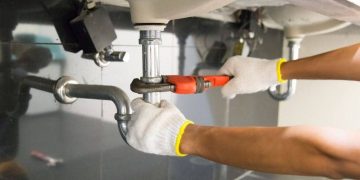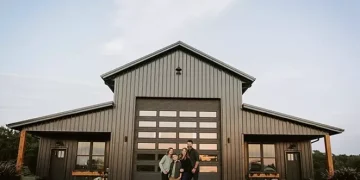Your Outdoor Electrical Outlets Are Special By Design So Leave All Installations Or Repairs To An Experienced Electrician In Austin Texas
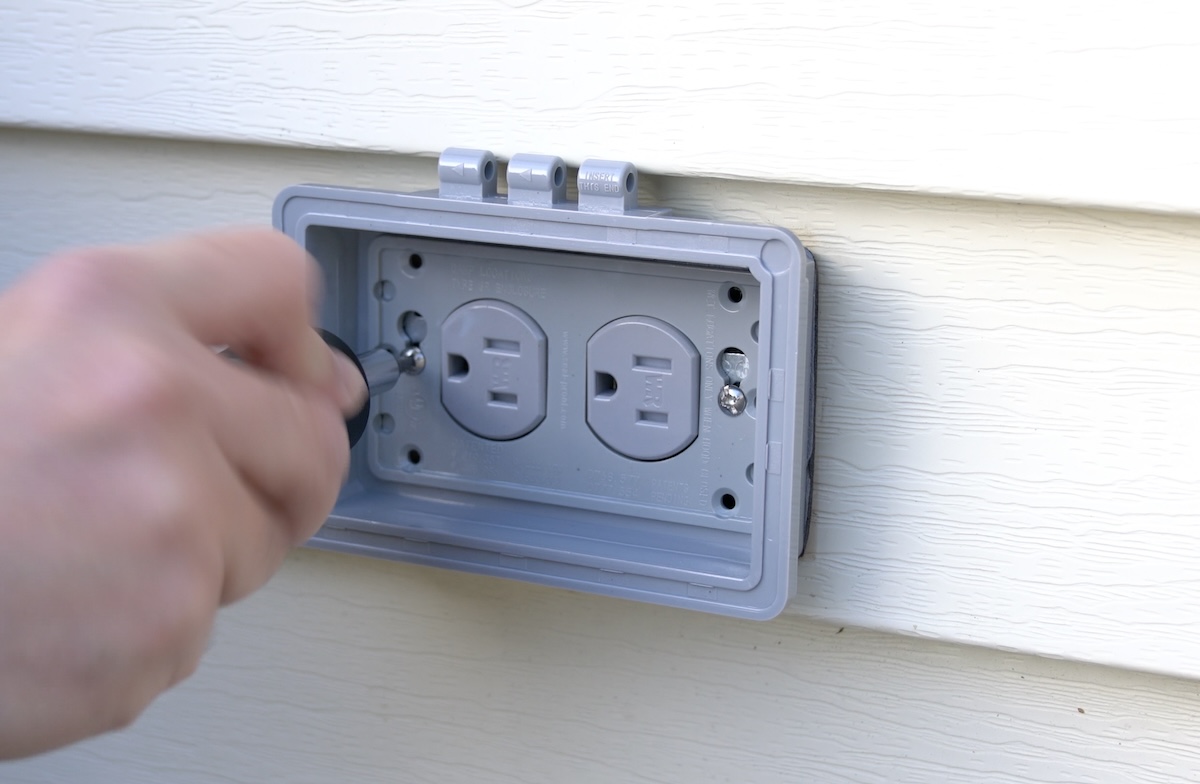
For outdoor outlets in Austin, Texas, you can’t just use the same outlets you have indoors. Outdoor electrical outlets need to be designed specifically to withstand weather conditions, moisture, and temperature fluctuations. The standard for outdoor outlets is that they must be weather-resistant (WR) and GFCI-protected and an Experienced Electrician In Austin. Here’s a detailed breakdown:
- Weather-Resistant Outlets:
These outlets are made from durable materials that resist cracking, corrosion, and UV damage. In Austin, the combination of sun, heat, and occasional heavy storms can degrade normal indoor outlets if installed outdoors. Look for outlets labeled WR; these are code-compliant for exterior use. - GFCI Protection (Ground Fault Circuit Interrupter):
Any outdoor outlet in Texas must be GFCI-protected. GFCI outlets detect ground faults—essentially, any leakage of electricity that could cause a shock—and shut off the power immediately. This is especially critical in areas prone to rain or where the outlet may come into contact with water from sprinklers, pools, or storms. - Outlet Covers and Boxes:
Outdoor outlets require special weatherproof covers. There are two main types:
- In-use (bubble) covers:These protect the outlet even while a plug is inserted, allowing you to keep devices connected outdoors safely during rain.
- Standard weatherproof covers:These protect the outlet when it’s not in use but won’t fully protect a plugged-in device.
The box that holds the outlet should also be rated for exterior use, typically made of metal or weatherproof plastic.- Wiring Considerations:
The wiring feeding the outdoor outlet should be rated for exterior or wet-location use, usually UF (underground feeder) cableif run underground, or THWN/THWN-2 wires if in conduit. Proper conduit protects the wires from moisture and physical damage. - Placement Tips:
- Wiring Considerations:
- Install outlets at least 12 inches above grade to avoid flood water or pooling issues.
- Avoid locations directly under gutters or in areas where water can collect.
- If the outlet will power heavy equipment, check that the circuit amperage matches the load requirements.
- Professional Installation:
While a handy person might be able to replace or install outlets indoors, outdoor installations have more variables. Incorrect installation could lead to:
- Professional Installation:
- Shock or electrocution hazards during storms
- Short circuits from water infiltration
- Code violations, which could affect insurance or home resale
A licensed experienced electrician in Austin, Texas can ensure:
- The outlet is GFCI-protected and code-compliant
- Proper wiring and conduit are used
- Weatherproof boxes and covers are installed correctly
- The outlet placement is safe and meets all local electrical codes
In short, outdoor outlets are a specialized installation. For durability, safety, and code compliance in Austin’s weather, you should use WR, GFCI-protected outlets in weatherproof boxes with proper wiring, and it’s strongly recommended to have an experienced electrician in Austin, TX handle the installation to avoid hazards.
If you want, I can make a list of specific outlet models and cover types that are best for Austin outdoor conditions so you know exactly what to buy.
Outdoor electrical outlet installations are more complex than typical indoor outlets and, in most cases, are better handled by a licensed electrician in Austin, Texas. Here’s why:
- Code Compliance:
Outdoor outlets must meet National Electrical Code (NEC) standardsas well as any local Austin codes. This includes using GFCI protection, weather-resistant outlets, and proper mounting heights. A licensed experienced electrician in Austin, Texas ensures the installation is code-compliant, which protects you legally and can prevent issues with insurance claims or home inspections. - Weatherproofing and Safety:
Improper installation can leave outlets vulnerable to water intrusion, which can cause electrical shorts, shock hazards, or even fires. Outdoor wiring often requires special conduit, UF cable, or THWN wires, which must be installed correctly to prevent moisture damage. Electricians have the experience to seal the boxes and covers properly, especially in Austin’s sun, heat, and storm conditions. - Circuit and Load Considerations:
Outdoor outlets may be on dedicated circuits or require GFCI breakersin your panel. Determining the correct amperage and ensuring the circuit can handle outdoor tools, lights, or appliances is crucial. A miscalculation could trip breakers or overload the circuit. - Tricky Installations:
If wiring needs to run underground or through walls, it often involves cutting into studs, drilling through framing, or digging trenches. These are all routine for an experienced electrician in Austin, Texas. Improper installation can cause hidden hazards that aren’t obvious until a problem occurs. - DIY Possibility:
If you are very handy, have electrical experience, and are comfortable working with GFCI circuits and conduit wiring, a simple outdoor outlet on an existing circuit might be a DIY project. However, even in that case, you must be confident in your knowledge of local code, weatherproofing requirements, and safety protocols.
In practical terms, for long-term safety and code compliance, especially in a storm-prone area like Austin, hiring a trusted local experienced electrician in Austin, Texas is the safer choice. They can install the outlets correctly, test the GFCI protection, and ensure the wiring is properly rated for outdoor use.
If you want, I can outline a step-by-step process of what a professional installation would involve, so you can see exactly why it’s tricky and what precautions are needed.




